Nov 19, 2019
Giving curling in Japan an extra boost of cool
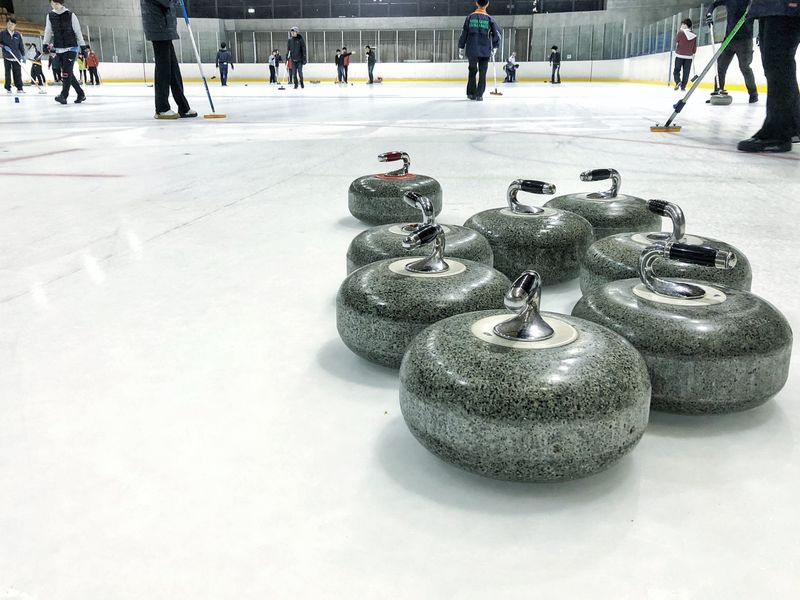
I've never seen the winter sport of curling to be cool, and when team City-Cost had the chance to try our hand at curling in Japan, well, our efforts probably did little to make it look any cooler. Still, we found curling to be a lot more fun than it might appear on the TV. Emphatically.
A brief history of curling in Japan
Aside from the discovery of a painting in the American Museum of Curling depicting the image of Japanese soldier learning curling from a British officer stationed in China's northernmost province of Heilongjiang, 1936 is generally considered to be the beginning of curling in Japan, according to the Japan Curling Association. A team that participated in the Winter Olympics held in Germany that year brought a curling stone to these islands and demonstrated its use at Lake Suwa, Nagano Prefecture.
After a 40-year blank the sport of curling picked up again in Japan in the late 1970s on the country’s northernmost main island of Hokkaido. And never left.
The Japan Curling Association was established in November 1992. The country's women's team beat Russia 7-5 in a semifinal game at the 2016 World Women’s Curling Championship in Swift Current, Saskatchewan, Canada thus securing Japan’s first medal in the history of the sport. And more than a year and a half after Japan's women’s team claimed their country's first Olympic medal (bronze) in curling during the 2018 Pyeongchang Winter Games, team City-Cost wobbled onto the ice at a rink in Kofu City, Yamanashi Prefecture, in an episode likely to draw a blank in the records of this country's curling history.
Still, this curler likes to think they gave it a good crack. Being from the U.K. though, I had to field plenty of questions from Japanese teammates who felt that somehow I should have an affinity with the sport. Actually, the best of the U.K.’s curlers are from Scotland and I’m from England. (Flash back to Japan’s Pyeongchang TV pundits constantly referring to Great Britain’s curlers as “Team Scotland.”) And anyway, “Didn’t your ladies beat ours to that first-ever Winter Games curling medal?! Pressure’s on you!”
We were in the hands of the coaches and curlers at Kofu’s Kose Sports Park Ice Arena, all 30m by 60m, 1,800 square meters of ice rink (with 800 pairs of shoes for hire).
Step one of the curling experience was to measure our feet for slider size -- “sliders” look like a cross between a lady’s pump and one of those awful Plimsoll shoes I was forced into wearing for physical education lessons back in school. Only in the case of a slider the rubber sole of the Plimsoll is replaced by a slick sheet of brittle plastic.
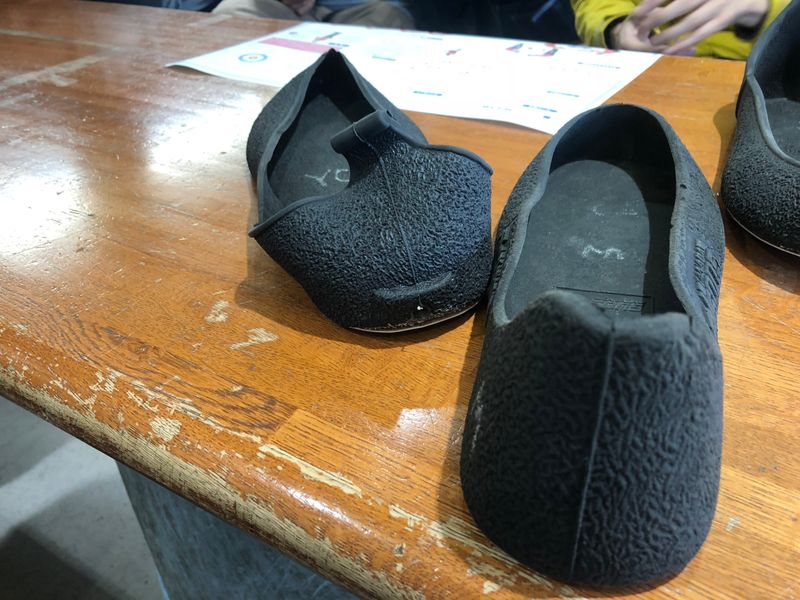
They’ve not much girth on them these curling sliders so it was a tough task trying to squeeze a chunky New Balance-clad foot into even a large.
Sliders fitted we were given a run down of the rules and objectives -- simple enough on paper, almost impossible to achieve out on the curling ice. We were to have an hour of practice and an hour of match play in teams of four.
Before we could hit the ice though, the coaching staff took us through some junbi undo, warm-up stretches, during which none of our party dared suggest that a strained calf might be the least of our injury concerns once exposed to the ice. Perhaps sensing the mood though, the coaching staff made us aware that helmets were available.
Curling is probably a sport that doesn’t lend itself to glamour and even less so while sporting a helmet (I think they were for ice hockey) nevertheless though, it’s cold out on that ice (around 7 degrees celsius) so you’ve got to wrap up warm.
Choose your weapons
Slider in hand (emphatically not a good idea for the first-time curler to take to the ice for the first time with slider already fitted) we selected our curling brooms which are used to sweep the surface of the ice in the path of the stone to influence speed. You can also use them as a kind of walking stick, thankfully.

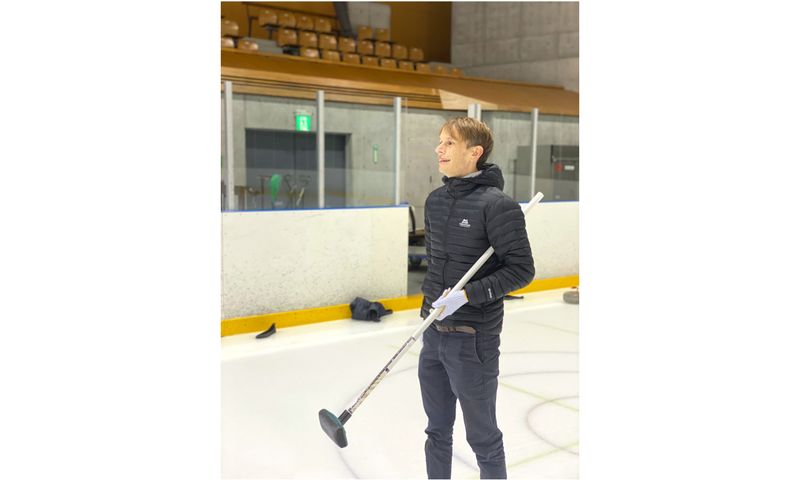
Some of the coaches at the Kose Sports Park ice rink are serious about their curling. A more senior gentleman among the staff was a coach for Japan’s national wheelchair curling team. Whispers among our party also told us of one coach who had just returned from some top-level competition. Team City-Cost then, likely offered a stark contrast in standards.
Still, they were hand-on-heart brilliant with us, quickly guiding us from one move to another.
First, the sliding technique used to launch the curling stone. I think this was the key move we all wanted to lock down. This is where the posing and posturing is. The chance to show any onlookers your poise and grace on the ice. Screw the accuracy, the excellent judge of distance, the effective curl, if nothing else nobody wants to look like a clumsy idiot mid-slide. The jittery concentration was apparent on the faces of all.
Prior to taking to the slide coaches offered us the salient advice that if at any point we should feel ourselves falling, try not to do so head first. Brilliant! Actually, even elbow first confirms bluntly how hard that ice is -- buoyed by the confidence of a half-decent first attempt I tried to go for a little extra distance on the second only to veer off course and onto one of my elbows. It hurt.
Next up was a lesson in curling the stone -- this is where the name of the sport comes from. Forget the sliding, that’s the easy bit. We’re all about the curl.
Years “in country” and a grasp of “left” and “right” vocab still sends my head spinning. “Migi,” “hidari,” these terms often haunt me … at the optician, the driver license centers ... giving and receiving directions. And damn me they returned to haunt once again out on the ice with a teammate stood across from me dictating the curl they’d like in the stone I was about to launch -- “Is that your migi or my migi?!” It doesn’t matter anyway because under the pressure of this coach I’m trying to impress I can’t even tell which is my migi.
And then we did a bit of brushing.
Anyone who might have thought curling a sport for those people who didn’t like doing sport much at school, well, they should have a go at sweeping the ice while trying not to tumble down the length of a rink. It’s breathtaking! But great fun!
Curling looks easy and graceful in the hands of the pros. In the hands of the layman though, there’s just so much to think about. Putting it all together -- the slide, the attempt at grace and poise, the judge of speed and distance, the figuring out of which is migi and which is hidari and from whose perspective and then applying the desired curl -- it proved too much for most of team City-Cost.
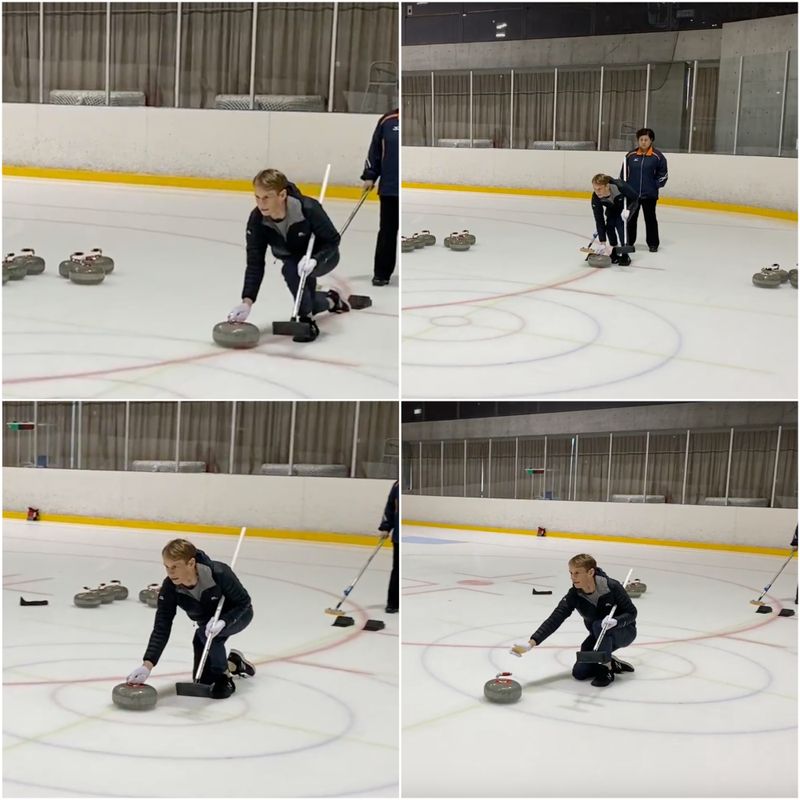
On the train back to Tokyo, reliving our glories on the ice, it had us in tears of laughter -- everyone so concentrated on looking good in the slide that they forgot to release the curling stone, giving it clumsy shove at the last minute and invariably sending it far beyond the “house,” or those target rings you see painted on the ice.
Of course, the coaches gave us the terminology -- the takeout, the raise, the draw -- but it’s pretty redundant when all you’re trying to do is get your curling stone at least somewhere near the house.
Still, we were able to put on enough semblance of a game, with stones taken out and some that made it into the house, such that scores and results could be reached.
The biggest result of the game for this player though, was the realization of just how much fun curling could be. It left me, and the rest of team City-Cost, beaming … and with a sore sliding knee.
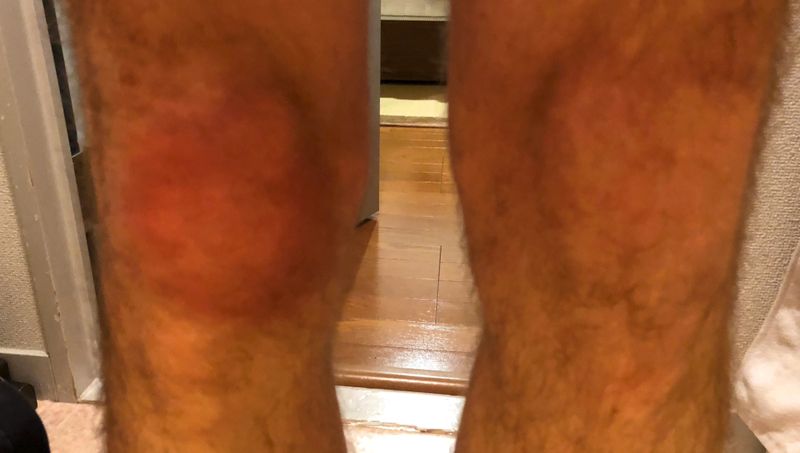
According to the Japan Curling Association, Japan has six Level 1 curling facilities (used for major national / international championships) and six Level 2 curling facilities (dedicated to curling). Location details can be found on the association’s website.
The Ice Arena at Kose Sports Park is open from July 1 to March 31. The rink can be used for curling, ice hockey, short track and figure skating.
Prices for use and schedules can be found on the facility’s homepage (in Japanese).



0 Comments